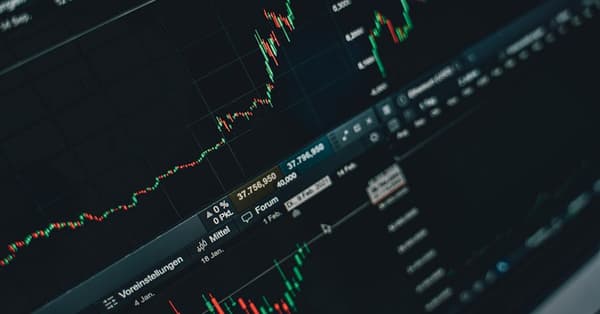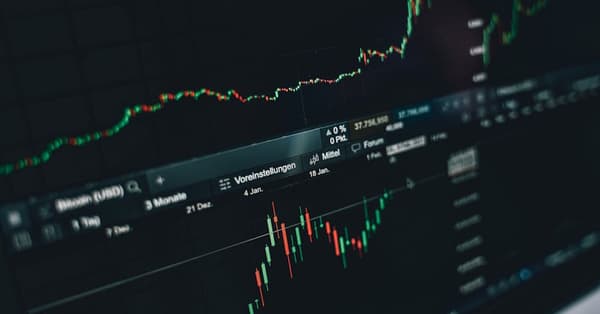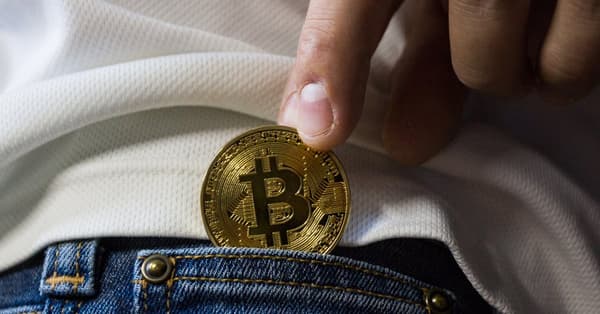Understanding Bitcoin Mining in 2023: Economics & Energy
Bitcoin miners face new challenges with rising costs. Discover how energy prices impact mining and what this means for your crypto strategy.
As of October 2023, Bitcoin is trading at around $29,000, facing significant fluctuations due to rising mining difficulty and escalating energy costs. These factors are reshaping the landscape for miners, making it essential for you to understand the economics of mining like never before.
With energy prices skyrocketing globally — for instance, electricity costs have surged by 30% in the past year — miners are increasingly turning to renewable sources to maintain profitability. On top of that, the meteoric rise of meme coins like BONK and PEPE introduces another layer of complexity and opportunity in the crypto scene.

🎯 KEY INSIGHT
Understanding Bitcoin mining's relationship with energy markets can significantly enhance your trading strategy.

This article dives into how you can leverage Bitcoin mining to lower your power bill while boosting your crypto gains, with a particular focus on trading strategies for meme coins on the Solana and BSC networks.
Bitcoin mining is the process of validating transactions and adding them to the blockchain. You might picture miners using powerful hardware to solve complex mathematical problems, earning Bitcoin as a reward. Right now, the Bitcoin network boasts a hash rate of approximately 340 EH/s, and the number of miners continues to rise, with profitability often hinging on energy costs.

Energy prices have a direct impact on mining profitability. For example, in North America, energy costs average around $0.06 per kWh, while in Europe, miners may face charges as high as $0.30 per kWh. These cost differences can drastically affect a miner's bottom line, making it crucial for you to stay informed about energy market trends.
More miners are opting for renewable energy sources like solar and wind power. Facilities in Texas, for instance, are harnessing wind energy, showcasing how miners are transitioning toward sustainable energy alternatives. This shift not only helps mitigate the impact of rising traditional energy costs but also aligns with a growing awareness of environmental responsibility.

Demand response programs allow miners to adjust their energy usage based on fluctuations in pricing. This adaptability can not only save you money but also contribute to a more stable energy grid. By staying informed about these programs, you can enhance your mining strategy and overall profitability.
Tags:
Ready to Make Profitable Crypto Calls?
Check out our proven track record on the leaderboard
View Leaderboard →Related Posts
Is Bitcoin's Dip the Start of Altcoin Season?
With Bitcoin's dominance at 41%, could we be on the brink of an altcoin season? Explore meme coins and trading strategies in our latest analysis.
Unraveling the Meme Coin Craze: Trends and Strategies
Join the meme coin revolution! Discover key strategies to navigate the booming market and capitalize on playful tokens like never before.
Capital Flow Insights: Solana & XRP ETFs in Focus
Discover how Solana and XRP are shaping the crypto landscape as capital shifts away from Bitcoin and Ethereum. A must-read for every trader!
Mastering Meme Coins: Trading Strategies for Solana & BSC
Dive into the world of meme coins! Discover effective trading strategies for Solana and BSC to maximize your profits in today's volatile market.
Unlocking the Meme Coin Boom: Smart Trading Tips
Dive into the meme coin frenzy! Discover effective trading strategies for Solana and BSC that can elevate your crypto game and boost your profits.
Exploring the 2023 Meme Coin Craze: What's Hot Now
Dive into the booming meme coin market of 2023. Discover standout tokens and what makes them so appealing to investors like us!